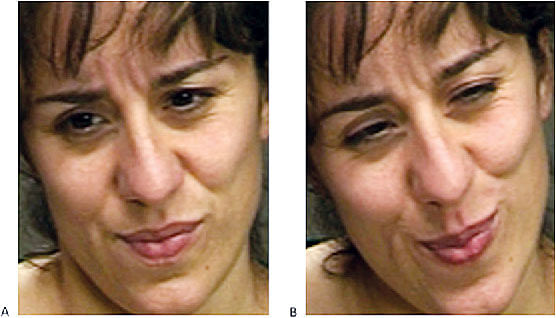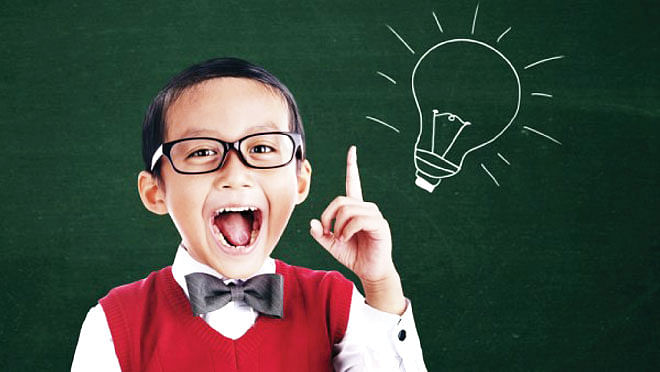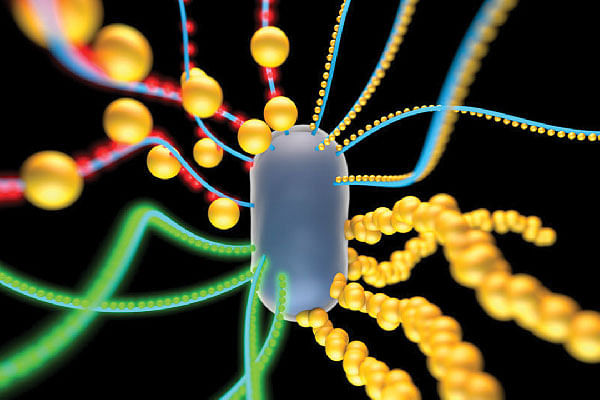Science

Computers see through faked expressions of pain better than people
A joint study by researchers at the University of California, San Diego and the University of Toronto has found that a computer system that spots real or faked expressions of pain more accurately than people can.
The study is published in the latest issue of Current Biology.
"The computer system managed to detect distinctive dynamic features of facial expressions that people missed," wrote Marian Bartlett, research professor at UC San Diego's Institute for Neural Computation and lead author of the study. "Human observers just aren't very good at telling real from faked expressions of pain."
The research team found that humans could not discriminate real from faked expressions of pain better than random chance -- and, even after training, only improved accuracy to a modest 55 percent. The computer system attains 85 percent accuracy.
The single most predictive feature of falsified expressions, the study shows, is the mouth, and how and when it opens. Fakers' mouths open with less variation and too regularly.
Devastating consequences of scarcity of 'knowledgeable elders'

A study carried out in collaboration with the SISSA has created a model of the behaviour of a group of individuals on the move (like a school of fish, a herd of sheep or a flock of birds, etc.) which, by changing a few simple parameters, reproduces the collective behaviour patterns observed in the wild. The model shows that small quantitative changes in the number of knowledgeable individuals and availability of food can lead to radical qualitative changes in the group's behaviour.
Until the '50s, bluefin tuna fishing was a thriving industry in Norway, second only to sardine fishing. Every year, bluefin tuna used to migrate from the eastern Mediterranean up to the Norwegian coasts. Suddenly, however, over no more than 4-5 years, the tuna never went back to Norway. In an attempt to solve this problem, Giancarlo De Luca from SISSA (the International School for Advanced Studies of Trieste) together with an international team of researchers (from the Centre for Theoretical Physics -- ICTP -- of Trieste and the Technical University of Denmark) started to devise a model based on an "adaptive stochastic network."
Intelligent people are more likely to trust others

Intelligent people are more likely to trust others, while those who score lower on measures of intelligence are less likely to do so, says a new study. Oxford University researchers based their finding on an analysis of the General Social Survey, a nationally representative public opinion survey carried out in the United States every one to two years. The authors say one explanation could be that more intelligent individuals are better at judging character and so they tend to form relationships with people who are less likely to betray them. Another reason could be that smarter individuals are better at weighing up situations, recognizing when there is a strong incentive for the other person not to meet their side of the deal.
The study, published in the journal, PLOS ONE, supports previous research that analyzed data on trust and intelligence from European countries. The authors say the research is significant because social trust contributes to the success of important social institutions, such as welfare systems and financial markets. In addition, research shows that individuals who trust others report better health and greater happiness.
Engineers design 'living materials'

Inspired by natural materials such as bone -- a matrix of minerals and other substances, including living cells -- MIT engineers have coaxed bacterial cells to produce biofilms that can incorporate nonliving materials, such as gold nanoparticles and quantum dots.
These "living materials" combine the advantages of live cells, which respond to their environment, produce complex biological molecules, and span multiple length scales, with the benefits of nonliving materials, which add functions such as conducting electricity or emitting light.
The new materials represent a simple demonstration of the power of this approach, which could one day be used to design more complex devices such as solar cells, self-healing materials, or diagnostic sensors.
-Collated by Amitava Kar

 For all latest news, follow The Daily Star's Google News channel.
For all latest news, follow The Daily Star's Google News channel. 



Comments